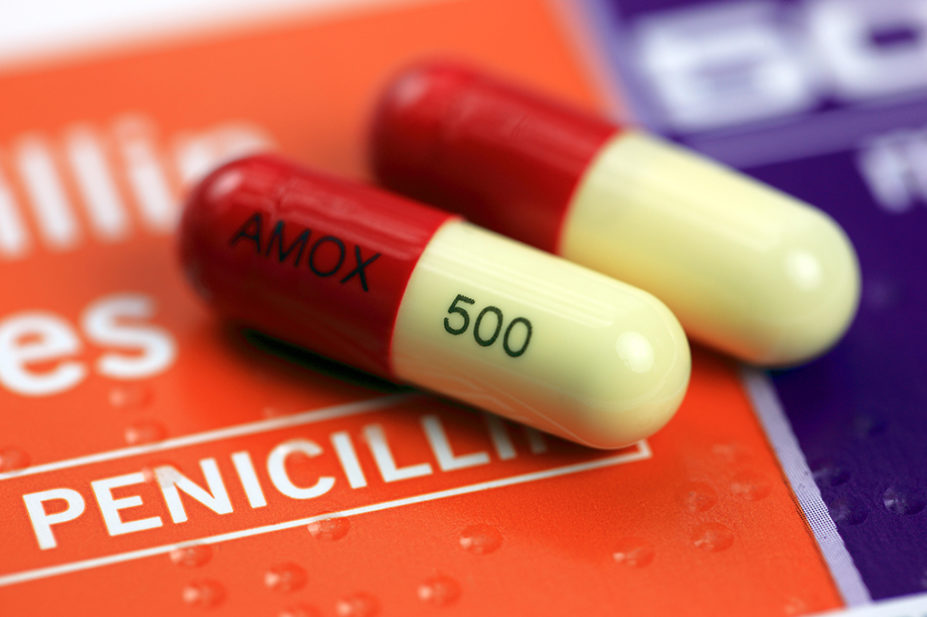
Home Bird / Alamy Stock Photo
Guidelines for penicillin allergy de-labelling services have been published by the British Society for Allergy and Clinical Immunology (BSACI).
The new guidelines recommend that “all patients labelled as ‘penicillin allergic’ attending secondary or tertiary care should be considered for penicillin allergy testing, as these patients often receive alternative antibiotics that are sub-optimal and can lead to extended hospital stays”.
A label for penicillin allergy is carried by 5.6% of the general population, with an estimated 2.7 million people in the UK affected. However, around 95% of patients with a penicillin allergy label have not experienced an allergic reaction, but often have symptoms associated with gastric upset.
For patients who report “minor gastrointestinal upset, nausea, headache and a family history of penicillin allergy without a personal history”, no allergy testing is required. The new guidelines state that these symptoms or history are “not predictors of penicillin allergy”.
The recommendations, published in Clinical and Experimental Allergy on 21 September 2022, are for clinicians, including pharmacists, who would like to offer a penicillin de-labelling service for their patients but are not trained in allergy or immunology.
Penicillin allergy testing within the NHS is rare and is only performed by allergists and immunologists working in specialist clinics, leaving the majority of patients with an unsubstantiated label untested, the guidelines add.
The advice, which differs for adults and children, includes a checklist to identify patients at low risk of allergy and a framework for testing by non-allergists.
Louise Savic, a consultant anaesthetist at Leeds Teaching Hospitals NHS Trust, and lead author of the guidelines, said they offered an essential standard for the process of de-labelling penicillin allergies.
“I think there’s a lot of people who are interested [in de-labelling], but they’re not quite sure how to do it, or they don’t know whether they’re allowed to do it, because it’s an allergy problem, and they’re not allergists.”
“I think all we’ve done is to provide an effective governance framework that says: if you want to do this, this is how it’s safe to do it.”
Savic said pharmacists would be integral to the process: “I absolutely see pharmacists as being a group of people who are, amongst other groups of people, able to take the lead on this and deliver the sort of day-to-day service,” she said.
Savic added: “Most of the penicillin problem is all about anxiety, healthcare worker anxiety more than patient anxiety. There are patients, clinicians and other allied healthcare professionals who know that the label is incorrect, but they just don’t feel they have the right to [de-label], or no one said, this is a safe way of doing it.”
Neil Powell, consultant antimicrobial pharmacist at Royal Cornwall Hospitals NHS Trust, said the new guidelines were “a welcome development” facilitating the adoption of penicillin allergy de-labelling into antimicrobial stewardship (AMS) programmes.
“How best to implement these guidelines into practice is the next challenge for those responsible for AMS programmes,” he added.
An analysis of hospital episode statistic data by The Pharmaceutical Journal in June 2020 revealed that, between 2012/2013 and 2018/2019, the number of hospital admissions in England where the patient had a recorded history of penicillin allergy almost doubled, from 575,000 to 1.1 million patients.


